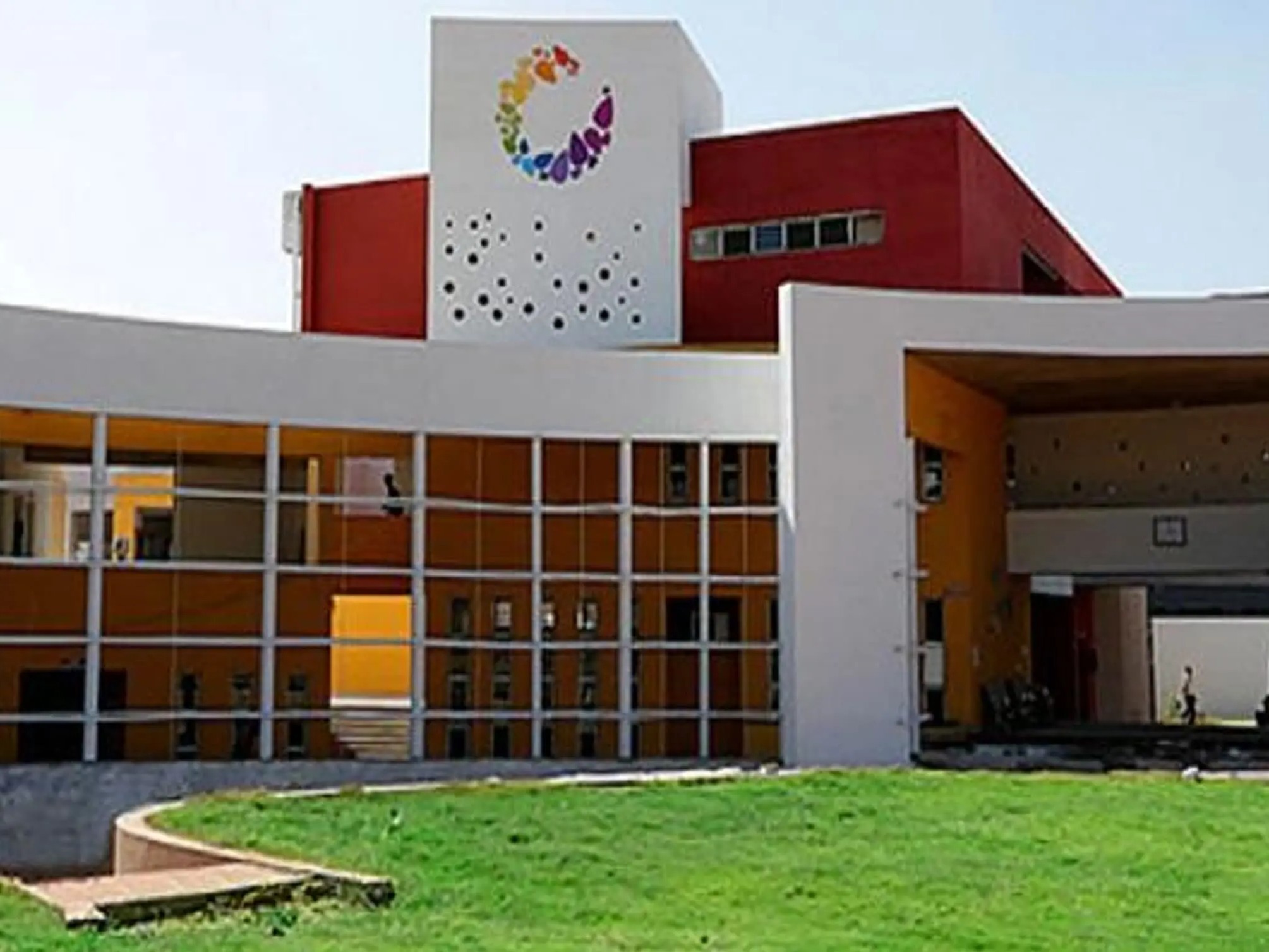Geology (GG)
The Planet Earth: Origin of the Solar System and the Earth; Geosphere and the composition of the Earth; Shape and size of the earth; Earth-moon system; Formation of continents and oceans; Dating rocks and age of the Earth; Energy in the earth system; Volcanism and volcanic landforms; Interior of earth; Earthquakes; Earth’s magnetism and gravity, Isostasy; Elements of Plate tectonics; Orogenic cycles.
Geomorphology: Weathering and erosion;Transportation and deposition due to wind, ice, river, sea, and resulting landforms, Structurally controlled landforms.
Structural Geology: Concept of stratum; Contour; Outcrop patterns; Maps and cross sections; Dip and strike; Classification and origin of folds, faults, joints, foliation and lineation, unconformities; shear zones.
Palaeontology: Major steps in the evolution of life forms; Fossils; their mode of preservation and utility; Morphological characters, major evolutionary trends and ages of important groups of animals - Brachiopoda, Mollusca, Trilobita, Graptolitoidea, Anthozoa, Echinodermata; Gondwana plant fossils; Elementary idea of verterbrate fossils in India.
Stratigraphy: Principles of stratigraphy; Litho-, chrono- and biostratigraphic classification; distribution and classification of the stratigraphic horizons of India from Archaean to Recent.
Mineralogy: Symmetry and forms in common crystal classes; Physical properties of minerals; Isomorphism and polymorphism, Classification of minerals; Structure of silicates; Mineralogy of common rock - forming minerals; Mode of occurre nce of minerals in rocks. Transmitted polarised light microscopy and optical properties of uniaxial and biaxial mineral.
Petrology: Definition and classification of rocks; Igneous rocks - forms of igneous bodies; Crystallization from magma; classification, association and genesis of igneous rocks; Sedimentary rocks - classification, texture and structure; size and shape of sedimentary bodies. Metamorphic rocks - classification, facies, texture and properties
Economic Geology: Properties of common economic minerals; General processes of formation of mineral deposits; Physical characters; Mode of occurrence and distribution in India both of metallic and non - metallic mineral deposits; Coal and petroleum occurrences in India.
Applied Geology: Ground Water; Mineral exploration, elements of Mining Geology and Environmental Geology; Principles of Engineering Geology.
Source: Official website of JAM 2014
Related Links:
IIT Kanpur to hold JAM 2014 on 9th February, 2014
IIT JAM 2014: Syllabus Biological Sciences
IIT JAM 2014: Syllabus for Biotechnology
IIT JAM 2014: Syllabus for Chemistry
IIT JAM 2014: Syllabus for Mathematics
Frequently Asked Questions
Sorem ipsum dolor sit amet consectur adipiscing elit sed eius mod nt labore dolore magna aliquaenim ad minim sorem ipsum dolor sit amet consectur adipiscing elit sed eius modam.
Sorem ipsum dolor sit amet consectur adipiscing elit sed eius mod nt labore dolore magna aliquaenim ad minim sorem ipsum dolor sit amet consectur adipiscing elit sed eius modam.


